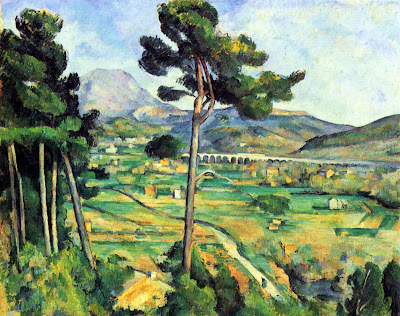What is Classicism ?
"In ancient Rome, the citizens of the first rank were called classici. When Aulus Gellius (19.8.15) contrasted a scriptor classicus with a scriptor proletarius, the description carried an implication of quality which is still current: we speak of a work being a 'classic' in the sense that it is a model which deserves to be followed. The French were using classique in this manner in the sixteenth century but it was not until the eighteenth century in England and France that the term 'the classics' came to mean precisely the masterpieces of Greek and Latin literature. Since at that time a classical education was acknowledged as the only correct training for civilized life, such an extension of meaning is not surprising. In the history of art as in the history of literature, classicism is an approach to the medium founded on the imitation of Antiquity, and on the assumption of a set of values attributed to the ancients. The continuing importance of ancient culture in many disciplines, such as law and administration or epigraphy and poetry, is shown in the fusing of the two senses of the word 'classic' in the term classical tradition, which denotes the retention of and elaboration upon classical values in the art of succeeding generations. This is not a notion invented in the twentieth century to explain the history of art; there is an observable propensity in some artists and at certain times to work in a classical manner: their antecedents are proclaimed by the very characteristics of their work."
Michael Greenhalgh - The Classical Tradition in Art, London, 1978,Introduction
http://rubens.anu.edu.au/new/books_and_papers/classical_tradition_book/intro.html


Comments